Below you can find out a Custom Software Requirements Specification Document Example (International Standard). This document defines the normative content of the software requirements specification. Organization of the information items in the document such as the order and section structure may be selected in accordance with the project's documentation policies.
1. PURPOSE
Delineate the purpose of the software to be specified.
Partial example: The goal of this project is to provide a mobile application for Restaurant Clients and a web-portal for Restaurant Owners and Company’s administrators.
2. SCOPE
Describe the scope of the software under consideration by:
Identifying the software product(s) to be produced by name;
Explaining what the software product(s) will do;
Describing the application of the custom software being specified, including relevant benefits, objectives, and goals;
Being consistent with similar statements in higher-level specifications (e.g., the system requirements specification), if they exist.
Partial example: The “Amazing Restaurant Finder” is a GPS-based mobile application, which helps people to find the closest restaurants based on the user’s current position, price, restaurant type and dish. Users view desired restaurants on a map and get navigation to them.
Restaurant owners provide their restaurant information using the web-portal.
An administrator of the web-portal verifies restaurant owners and manages user information.
3. PRODUCT PERSPECTIVE
Define the system's relationship to other related products. If the product is an element of a larger system, then relate the requirements of that larger system to the functionality of the product covered by the SRS. If the product is an element of a larger system, then identify the interfaces between the product covered by the SRS and the larger system of which the product is an element.
A block diagram showing the major elements of the larger system, interconnections, and external interfaces can be helpful.
Describe how the software operates within the following constraints:
System interfaces;
User interfaces;
Hardware interfaces;
Software interfaces;
Communications interfaces;
Site adaptation requirements.
Partial example: The mobile application requires both Internet and GPS connection to fetch and display results. All system information is maintained in a database, which is located on a web-server. The mobile application interacts with the GPS-Navigator software, which is required to be already installed on the user’s mobile phone.
Figure 1. Block diagram. Source: cse.chalmers.se
3.1. SYSTEM INTERFACES
List each system interface and identify the functionality of the software to accomplish the system requirement and the interface description to match the system.
3.2. USER INTERFACES
Specify the following:
The logical characteristics of each interface between the software product and its users. This includes those configuration characteristics (e.g., required screen formats, page or window layouts, content of any reports or menus, or availability of programmable function keys) necessary to accomplish the software requirements.
All the aspects of optimizing the interface with the person who uses, maintains, or provides other support to the system. This may simply comprise a list of do's and don'ts on how the system will appear to the user. One example may be a requirement for the option of long or short error messages.
A style guide for the user interface can provide consistent rules for organization, coding, and interaction of the user with the system.
Partial example: A first-time user of the mobile application should see the log-in page when he/she opens the application, see Figure 2. If the user has not registered, he/she should be able to do that on the log-in page. If the user is not a first-time user, he/she should be able to see the search page directly when the application is opened, see Figure 3. Here, the user chooses the type of search he/she wants to conduct.
Every user should have a profile page where they can edit their e-mail address, phone number and password, see Figure 4. Also, the user can set the mobile application to his/her preferred language.
3.3. HARDWARE INTERFACES
Specify the logical characteristics of each interface between the software product and the hardware elements of the system. This includes configuration characteristics (number of ports, instruction sets, etc.). It also covers such matters as what devices are to be supported, how they are to be supported, and protocols. For example, terminal support may specify full-screen support as opposed to line-by-line support.
3.4. SOFTWARE INTERFACES
Specify the use of other required software products (e.g., a data management system, an operating system, or a mathematical package), and interfaces with other application systems (e.g., the linkage between an accounts receivable system and a general ledger system).
For each required software product, specify:
Specification number;
Version number;
For each interface specify:
Discussion of the purpose of the interfacing software as related to this software product;
Definition of the interface in terms of message content and format. It is not necessary to detail any well-documented interface, but a reference to the document defining the interface is required.
3.5. COMMUNICATIONS INTERFACES
Specify the various interfaces to communications such as local network protocols.
3.6. MEMORY CONSTRAINTS
Specify any applicable characteristics and limits on primary and secondary memory.
3.7. OPERATIONS
Specify the normal and special operations required by the user such as:
The various modes of operations in the user organization (e.g., user-initiated operations);
Periods of interactive operations and periods of unattended operations;
Data processing support functions;
Backup and recovery operations.
This is sometimes specified as part of the User Interfaces section.
3.8. SITE ADAPTATION REQUIREMENTS
The site adaptation requirements include:
Definition of the requirements for any data or initialization sequences that are specific to a given site, mission, or operational mode (e.g., grid values, safety limits, etc.);
Specification of the site or mission-related features that should be modified to adapt the software to a particular installation.
Ready for your own project? Get a free quote on it!
4. PRODUCT FUNCTIONS
Provide a summary of the major functions that the software will perform. For example, an SRS for an accounting program may use this part to address customer account maintenance, customer statement, and invoice preparation without mentioning the vast amount of detail that each of those functions requires.
Sometimes the function summary that is necessary for this part can be taken directly from the section of the higher-level specification (if one exists) that allocates particular functions to the software product.
Note that for the sake of clarity:
The product functions should be organized in a way that makes the list of functions understandable to the acquirer or to anyone else reading the document for the first time;
Textual or graphical methods can be used to show the different functions and their relationships. Such a diagram is not intended to show a design of a product, but simply shows the logical relationships among variables.
5. USER CHARACTERISTICS
Describe those general characteristics of the intended groups of users of the product including characteristics that may influence usability, such as educational level, experience, disabilities, and technical expertise. This description should not state specific requirements, but rather should state the reasons why certain specific requirements are later specified in specific requirements. Where appropriate, the user characteristics of the SyRS and SRS should be consistent.
6. LIMITATIONS
Provide a general description of any other items that will limit the supplier's options, including:
Regulatory policies;
Hardware limitations (e.g., signal timing requirements);
Interfaces to other applications;
Parallel operation;
Audit functions;
Control functions;
Higher-order language requirements;
Signal handshake protocols (e.g., XON-XOFF, ACK-NACK);
Quality requirements (e.g., reliability);
Criticality of the application;
Safety and security considerations;
Physical/mental considerations
7. ASSUMPTIONS AND DEPENDENCIES
List each of the factors that affect the requirements stated in the SRS. These factors are not design constraints on the software but any changes to these factors can affect the requirements in the SRS. For example, an assumption may be that a specific operating system will be available on the hardware designated for the software product. If, in fact, the operating system is not available, the SRS would then have to change accordingly.
8. APPORTIONING OF REQUIREMENTS
Apportion the software requirements to software elements. For requirements that will require implementation over multiple software elements, or when allocation to a software element is initially undefined, this should be so stated. A cross reference table by function and software element should be used to summarize the apportionments.
Identify requirements that may be delayed until future versions of the system (e.g., blocks and/or increments).
9. SPECIFIC REQUIREMENTS
Specify all of the software requirements to a level of detail sufficient to enable designers to design a software system to satisfy those requirements.
Specify all of the software requirements to a level of detail sufficient to enable testers to test that the software system satisfies those requirements.
At a minimum, describe every input (stimulus) into the software system, every output (response) from the software system, and all functions performed by the software system in response to an input or in support of an output.
The specific requirements should:
Be stated in conformance with all the characteristics described in 5.2 of this International Standard;
Be cross-referenced to earlier documents that relate;
Be uniquely identifiable.
10. EXTERNAL INTERFACES
Define all inputs into and outputs from the software system. The description should complement the interface descriptions in 3.1 through 3.5, and should not repeat information there.
Each interface defined should include the following content:
Name of item;
Description of purpose;
Source of input or destination of output;
Valid range, accuracy, and/or tolerance;
Units of measure;
Relationships to other inputs/outputs;
Screen formats/organization;
Window formats/organization;
Data formats;
Command formats;
End messages.
11. FUNCTIONS
Define the fundamental actions that have to take place in the software in accepting and processing the inputs and in processing and generating the outputs, including:
Validity checks on the inputs;
Exact sequence of operations;
Responses to abnormal situations, including Communication facilities and Error handling and recovery;
Effect of parameters;
Relationship of outputs to inputs, including Input/output sequences and Formulas for input to output conversion.
It may be appropriate to partition the functional requirements into subfunctions or subprocesses. This does not imply that the software design will also be partitioned that way.
Partial example:
There are three types of users that interact with the system: users of the mobile application (User Class 1- User), restaurant owners (User Class 2 - Restaurant Owner) and administrators (User Class 3 - Administrator). Each of these three types of users has different use of the system so each of them has their own requirements.
User Class 1 - User
Functional requirement 1.3
ID: FR3
TITLE: User registration - Mobile application
DESC: After user has downloaded the mobile application, then he/she is able to register through the mobile application. The user must provide user-name, password and e-mail address. The user can choose to provide a regularly used phone number.
Functional requirement 1.4
ID: FR4
TITLE: User log-in - Mobile application
DESC: After user has registered, then he/she should be able to log in to the mobile application. The log-in information is stored on the phone and in future the user will be logged in automatically.
Functional requirement 1.5
ID: FR5
TITLE: Retrieve password
DESC: After user has registered, then he/she is able to retrieve his/her password by e-mail.
User Class 3 - Administrator
Functional requirement 3.7
ID: FR7
Feature: Manage restaurant owners
In order to keep track of the restaurant owners an administrator is able to manage the restaurant owners.
Scenario: Add a new restaurant owner
When the administrator creates a new restaurant owner
Then the new restaurant owner should be added
Scenario: Edit an existing restaurant owner
When the administrator edits an existing restaurant owner
Then the restaurant owner information should be updated
Scenario: Delete an existing restaurant owner
When the administrator deletes an existing restaurant owner
Then the restaurant owner is deleted
And the restaurant information is deleted
12. USABILITY REQUIREMENTS
Define usability (quality in use) requirements. Usability requirements and objectives for the software system include measurable effectiveness, efficiency, and satisfaction criteria in specific contexts of use.
13. PERFORMANCE REQUIREMENTS
Specify both the static and the dynamic numerical requirements placed on the software or on human interaction with the software as a whole.
Static numerical requirements may include the following:
The number of terminals to be supported;
The number of simultaneous users to be supported;
Amount and type of information to be handled.
Static numerical requirements are sometimes identified under a separate section entitled Capacity.
Dynamic numerical requirements may include, for example, the numbers of transactions and tasks and the amount of data to be processed within certain time periods for both normal and peak workload conditions.
The performance requirements should be stated in measurable terms.
For example, «95 % of the transactions shall be processed in less than 1 second» rather than, «An operator shall not have to wait for the transaction to complete».
Numerical limits applied to one specific function are normally specified as part of the processing subparagraph description of that function.
Partial example:
Quality requirement 6
ID: QR6
TITLE: The response time of a search.
DESCRIPTION: The response time of a search is the overall time beginning with the initial user action (click on the search button) on the mobile device, the request going to server, the response received from the server, and finally the response processing by the mobile application.
METER: Measurements obtained from 1000 searches during testing (iOS 9, Android 5.0).
MUST: No more than 2 seconds during 100% of the searches during testing.
WISH: No more than 1 second during 100% of the searches during testing.
14. VERIFICATION
Provide the verification approaches and methods planned to qualify the software. The information items for verification are recommended to be given in a parallel manner with the information items in subclause 10 to 17.
15. SUPPORTING INFORMATION
The SRS should contain additional supporting information including:
Sample input/output formats, descriptions of cost analysis studies, or results of user surveys;
Supporting or background information that can help the readers of the SRS;
A description of the problems to be solved by the software;
Special packaging instructions for the code and the media to meet security, export, initial loading, or other requirements.
The SRS should explicitly state whether or not these information items are to be considered part of the requirements.
Partial example: Appendix
Release Plan:
Dependencies
Description
Motivation
Release #
Duration (hours)
FR1
-
Download mobile application
This requirement makes the application available to users and is therefore an important requirement to include in the first release.
1
80
FR2
FR1
Download and notify users of new releases
The download of new versions is important for users to be able to receive the future release of the application and will therefore be included in the first release.
1
2
FR3
-
User registration
For the user to be able to use the application, the user has to be a registrant. Consequently, this requirement needs to be met in the first release.
1
4
FR4
FR1, FR3
User Log-in
For the user to be able to use the application, the user has to log in. Consequently, this requirement needs to be met in the first release.
1
2
FR5
FR1
Retrieve Password
For the user to be able to receive a forgotten password, they will have to wait for the second release. This is not vital for the application and was therefore not included in the first release.
2
1
FR6
FR4
Search
The search feature is one of the most important and vital part of the system. It's part of the basic goal of the program and should therefore be included in the first release.
1
2
FR7
FR6, QR22, QR23
Search result in a map view
The ability to show the search result in a map view is part of the basic goal of the program and should therefore be included in the first release.
1
1
FR8
FR6, QR22
Search result in a list view
The ability to show the search result in a list view is part of the basic goal.
2
2
Dzmitry Garbar
•
10
min read



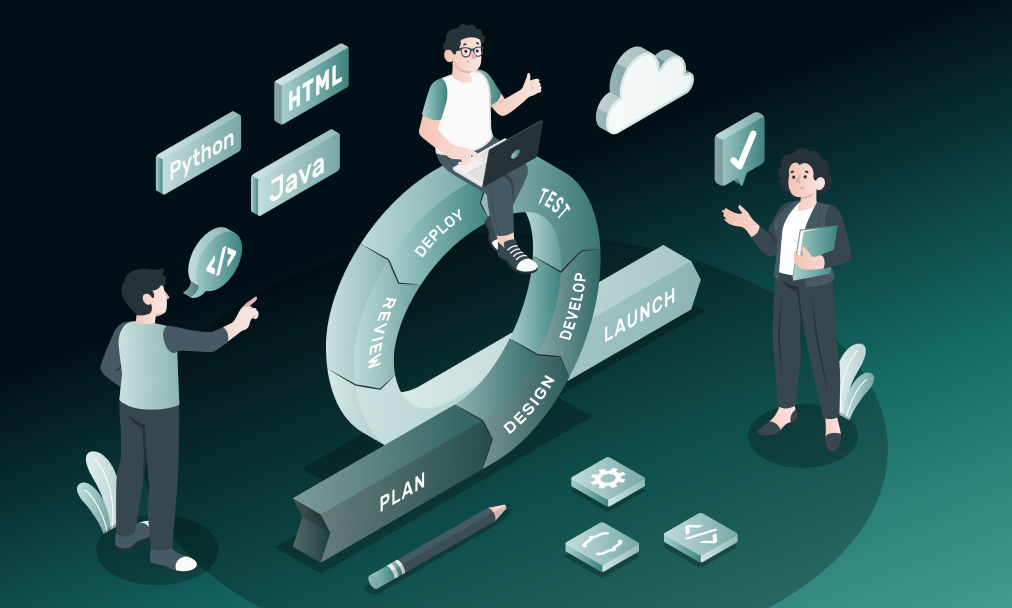
 Custom API Development and Integration
Custom API Development and Integration Custom Database Development
Custom Database Development


















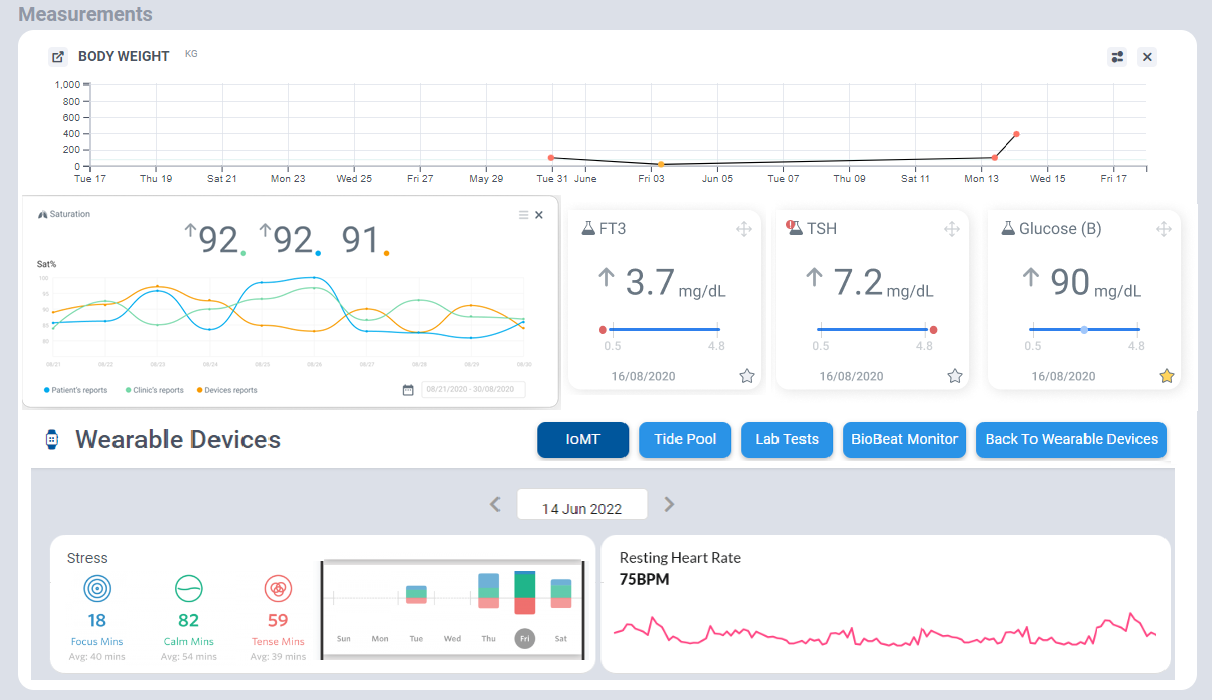




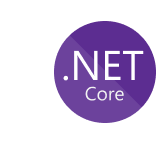
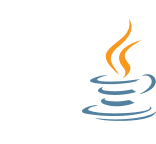





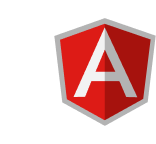




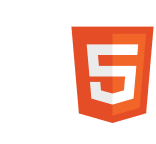
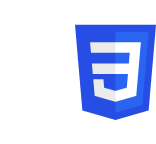
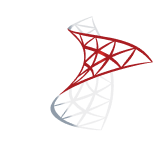






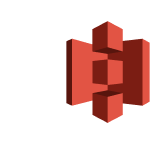
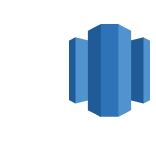


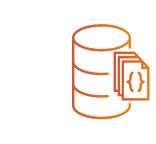



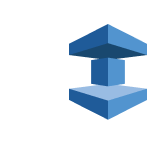



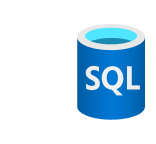

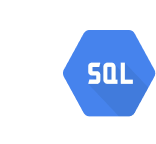
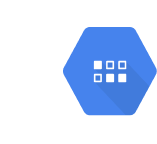






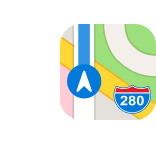




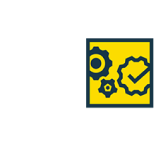


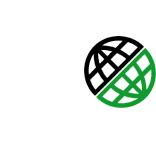



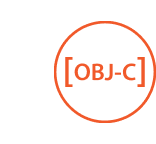



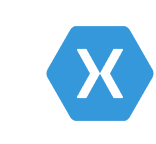

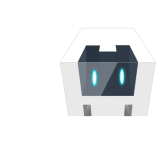




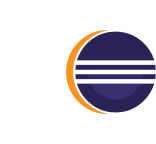
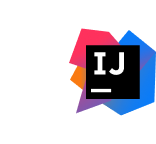

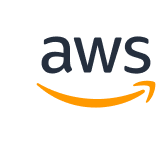




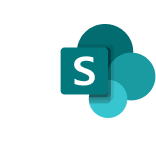

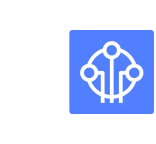
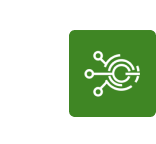


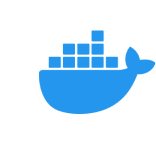
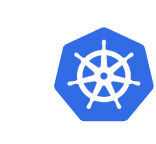
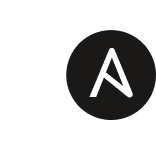

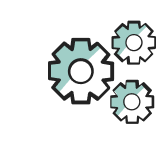



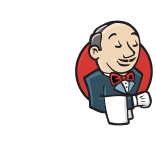


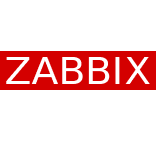

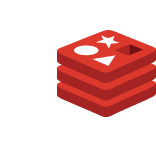

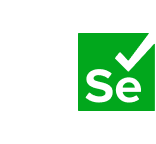









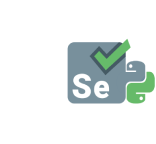
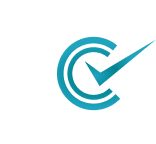


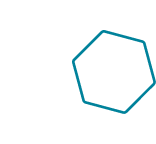


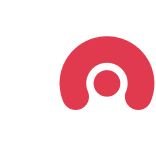







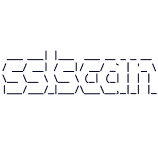
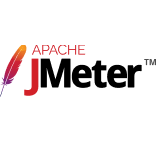
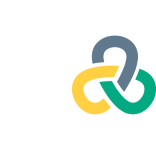






.jpg)
.png)
.png)
.jpg)
.jpg)
















We have been working for over 10 years and they have become our long-term technology partner. Any software development, programming, or design needs we have had, Belitsoft company has always been able to handle this for us.
Founder from ZensAI (Microsoft)/ formerly Elearningforce